Underground fans also viewed:
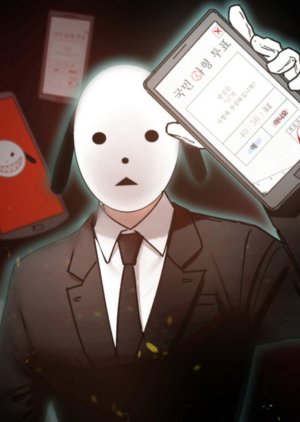
National Death Penalty Vote 2023 (South Korea)
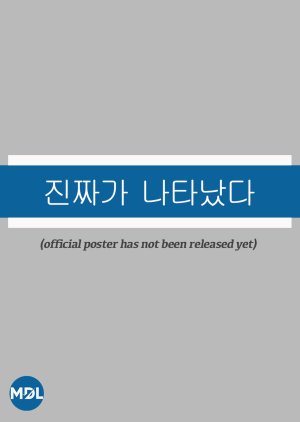
The Real Deal Has Come! 2023 (South Korea)
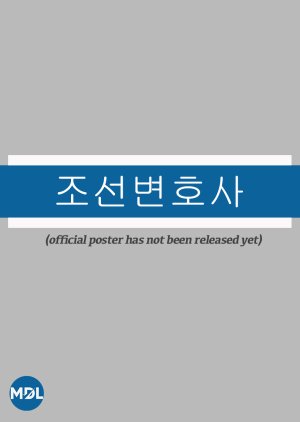
Joseon Lawyer 2023 (South Korea)
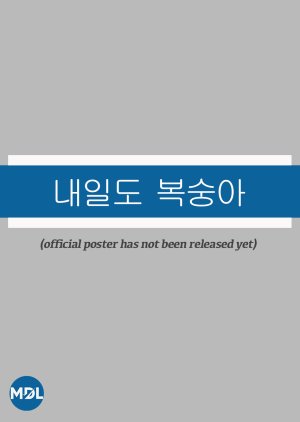
Tomorrow's Peach 2023 (South Korea)
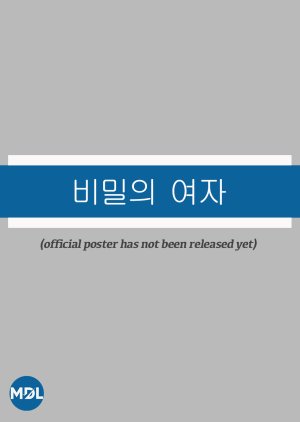
A Secret Woman 2023 (South Korea)

Oasis 2023 (South Korea)
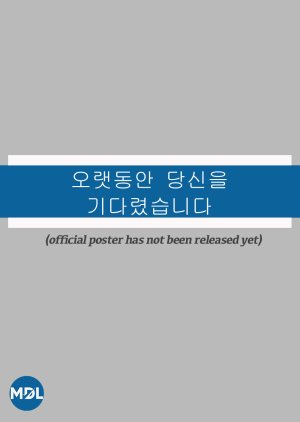
I’ve Been Waiting for You for a Long Time 2023 (South Korea)
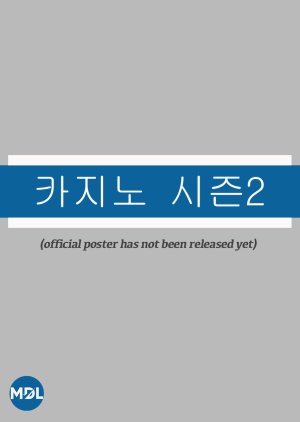
Big Bet Season 2 2023 (South Korea)
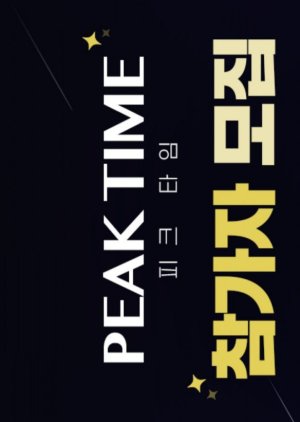
Peak Time 2023 (South Korea)
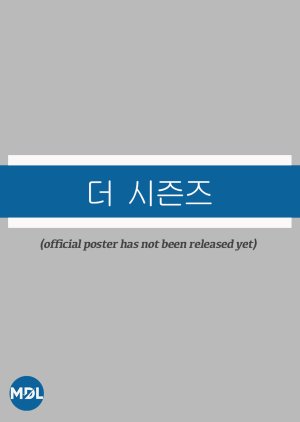
The Seasons: Jay Park's Drive 2023 (South Korea)
